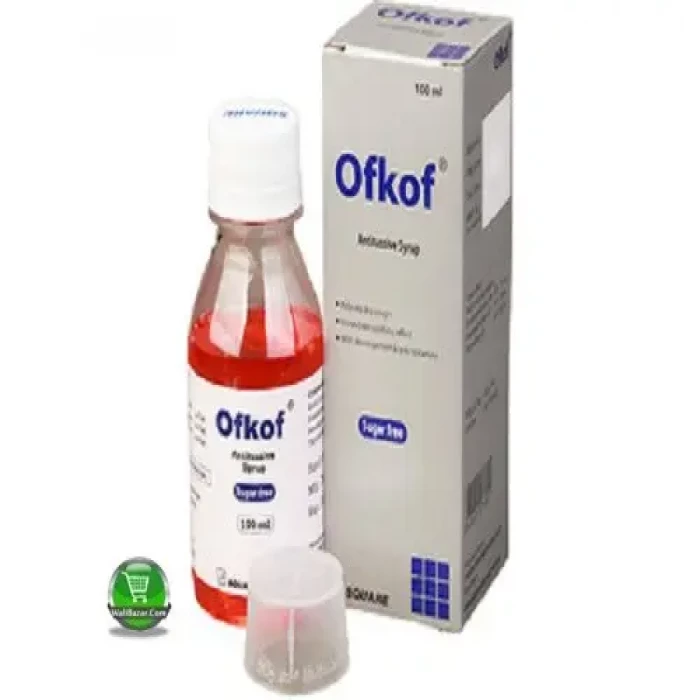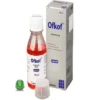CompositionEach 5 ml syrup contains-Dextromethorphan Hydrobromide BP 20 mgPhenylephrine Hydrochloride BP 10 mgTriprolidine Hydrochloride BP 2.5 mgIndicationsThis preparation temporarily relieves these symptoms due to common cold, hay fever (allergic rhinitis), or other upper respiratory allergies:Non-productive cough due to minor throat or bronchial irritationRunny NoseSneezingItching of the nose or throatItchy & watery eyesNasal congestionTherapeutic ClassCombined cough suppressantsPharmacologyThis preparation is a mixture of antitussive, decongestant, and antihistamine agents. Dextromethorphan is a safe, effective, non-narcotic antitussive agent which has a central action on the cough center in the medulla. Although structurally related to Morphine, it has no analgesic and habit-forming properties, and in general, it has little sedative activity. Phenylephrine is a decongestant that shrinks blood vessels in the nasal passage. Phenylephrine is used for the temporary relief of stuffy nose, sinus, and ear symptoms caused by the common cold, flu, allergies, sinusitis & bronchitis. This medication works by decreasing swelling in the nose and ears, thereby lessening discomfort and making it easier to breathe. Triprolidine is an antihistamine used to relieve symptoms of allergy, hay fever, and the common cold. These symptoms include rash, watery eyes, itchy eyes/nose/throat/skin, cough, runny nose, and sneezing. It is a potent competitive histamine H1-receptor antagonist of the pyrrolidine class with mild central nervous system depressant properties which may cause drowsiness. By antagonizing another natural substance acetylcholine, it helps dry up some body fluids to relieve symptoms such as watery eyes and runny nose.Dosage & AdministrationAdults & Children over 12 years: 1 teaspoonful (5 ml) 4 times a day every 4 hours intervals.
6-12 years: 1/2 teaspoonful 4 times a day every 4 hours intervals.
Use in children and adolescents: A physician’s advice should be obtained before administering this combination to children less than 6 years.InteractionTaking certain MAO inhibitors with this medication may cause a serious (possibly fatal) drug interaction. Avoid taking isocarboxazid, methylene blue, moclobemide, phenelzine, procarbazine, rasagiline, selegiline, or tranylcypromine during treatment with this medication. Most MAO inhibitors should also not be taken for two weeks before treatment with this medication.ContraindicationsIt should be avoided in patients with liver disease or asthmatic patients and is contraindicated in patients taking monoamine oxidase inhibitors or within 2 weeks of stopping such treatmentSide EffectsIt may cause drowsiness and constipation. Other side effects that may occur include GIT discomfort. No apparent evidence of physical dependence on the morphine type.Pregnancy & LactationThere are no specific data on the use of this combination during pregnancy & lactation.Precautions & WarningsThis preparation may cause drowsiness. If affected, do not drive motor vehicles or operate machinery. Avoid alcoholic drinks while on this medication. Use with caution in patients with epilepsy, prostatic hypertrophy, glaucoma, hepatic disease, hypertension, heart disease, diabetes, and hyperthyroidism. If symptoms do not improve within one week or are accompanied by high fever, consult a physician before continuing use.Overdose EffectsIn cases of overdosage, hospital admission is strongly advised. Overdosage may produce respiratory depression, paranoid psychosis, delusions, hallucinations, and convulsion.Storage ConditionsStore in a cool and dry place (below 30?C temperature), away from light. Keep out of the reach of children.







Reviews
There are no reviews yet.